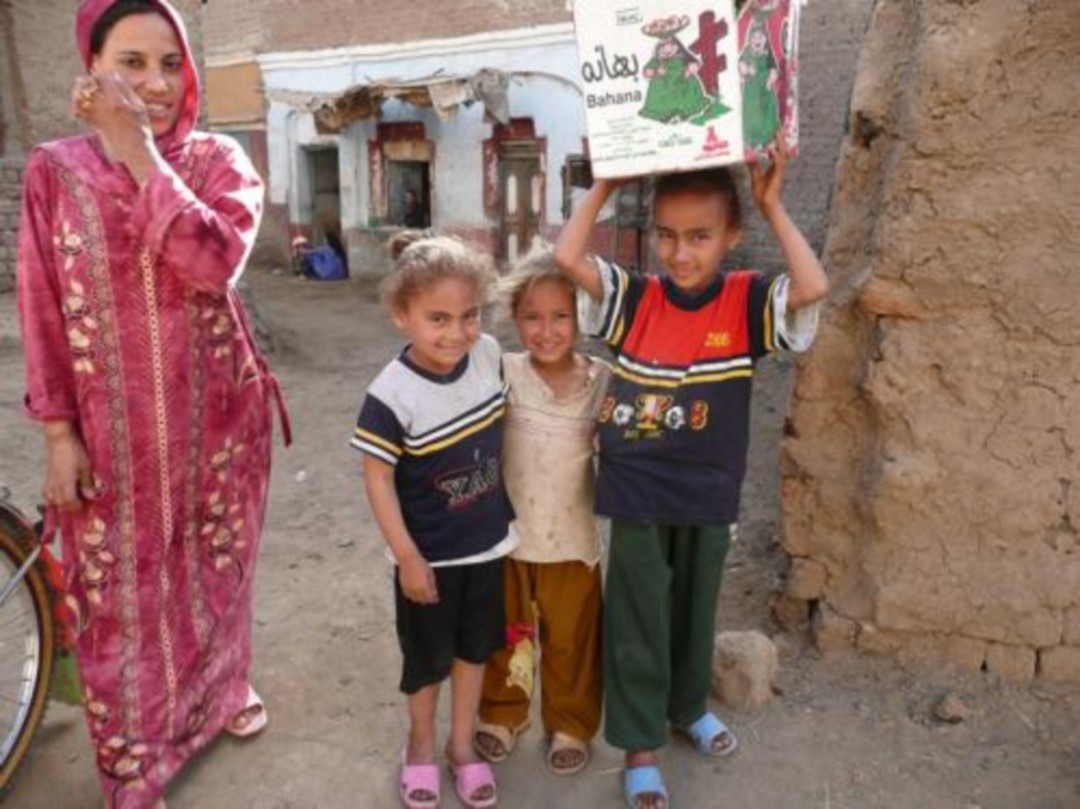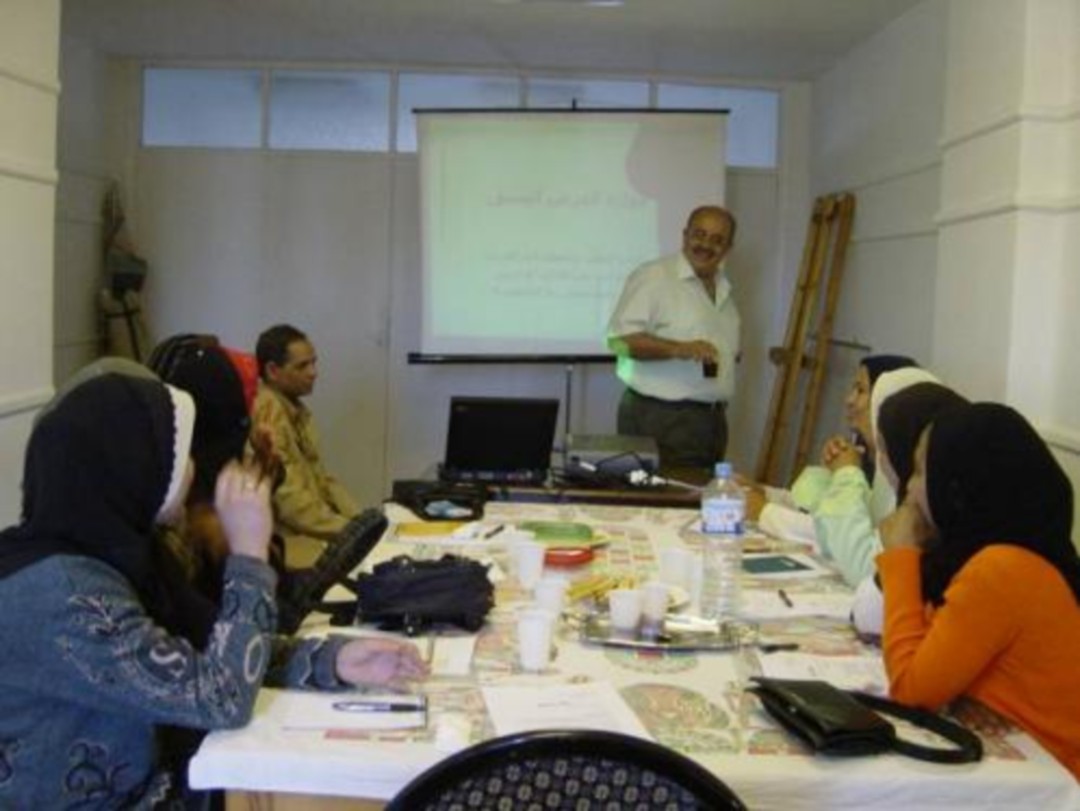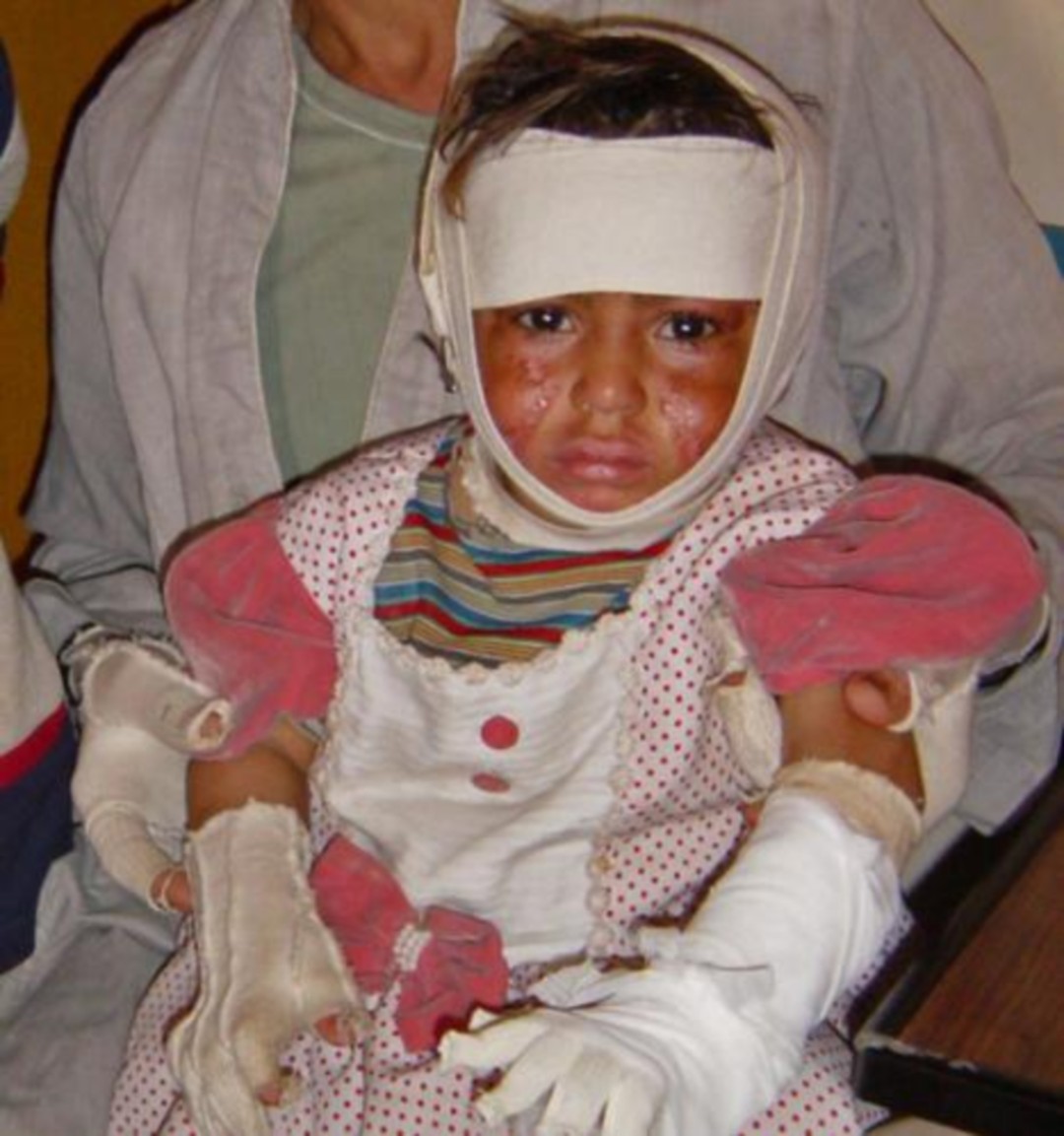Asyut Burns Program
The aim of the project was the construction and outfitting of three additional rooms at the Asyut Burns Centre. It also included training of medical and paramedical personnel in the treatment of severely burned patients and the implementation of prevention campaigns in the form of puppet shows.
Three additional rooms were constructed where 6 recovering burns patients can engage in social rehabilitation activities. The project treated 44 hospitalised children who had undergone reconstructive surgery for severe burns and scarring. A seven-seat van was purchased enabling long distance trips for teams implementing prevention campaigns. 1,095 homes were visited, after which 87% applied the prevention principles taught. 55 puppet shows were performed to 3,510 spectators, of which 3,150 were primary school children.
The Fondation en Faveur des Enfants Brûlés (FEB) was established in 1989 to support the Asyut Burns Centre in Upper Egypt, providing them with logistical and financial support. The Asyut Burns Centre offers rural populations free, or depending on their income, partially subsidised quality medical and surgical care, a specialised physiotherapy service and psychological follow-up, in order to facilitate patients’ social and professional reintegration.
Type
Health / Education / Community DevelopmentDuration
June 2008 - May 2009Location
Asyut / EgyptWith whom
Fondation en faveur des Enfants Brûlés (FEB)
Website









Egypt
Population
97.5 million (2017)
Per Capita Income
USD 3'010/year (2017)
Poverty rate *
28% (2015)
Literacy rate
75% (2016)
Human Development Index
115th out of 189 countries (2018)
Egypt has undergone significant political changes since 2011. Its economy is still suffering from the effects, with numerous challenges to the task of restoring economic growth. Over the past 20 years, Egypt has decreased by half the mortality and malnutrition rates in children under five, and the population’s living standards have improved, albeit in an uneven manner. The extreme poverty rate has declined from 6.1% in 2008 to 1.3% in 2016, while the poverty rate has increased from 21% to 25% over the same period. Health indicators and literacy rates are unevenly distributed, with virtually all indicators worse in Upper Egypt than in Lower Egypt, and worse in rural areas than in urban areas.
Sources: World Food Program, UNICEF, World Bank, 2016 Human Development Report, Human Development Indices and Indicators (2018 Statistical Update)
*The percentage of the population living below the national poverty line.